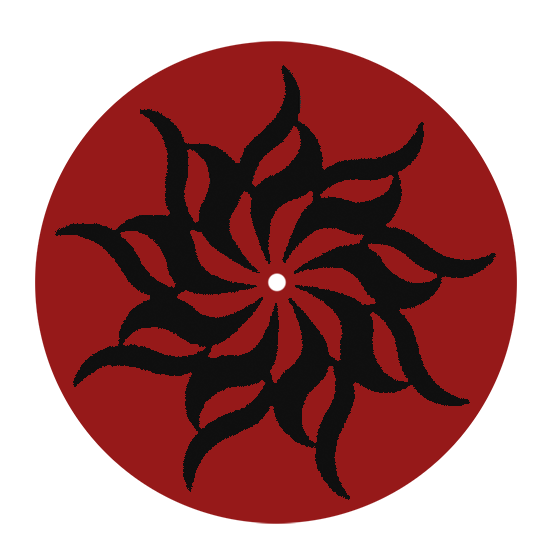During navakaraṇa vinyāsa practice we do not play any music. Music and particularly rhythm may affect our natural rhythmic breath of ujjāyī prāṇāyāma which consists in the harmonious co-regulation of breath (ana), vital energy (prāṇa) and engagement of pranic centres (prāṇa-ādhāra-prayoga). However during practice we played a particular musical background (svāra) created with an instrument called tanpura. The Tanpura is set to a particular rāga (microtonal musical scale) called Darbari. Darbari is a grave rāga that expresses the rāsa (mood) of śānta (serenity, tranquilly and peace). The musical background (svāra) is played in a loop to generate the mystical sound (praṇava). This sound brings to physical and mental relaxation and help in achieving a deep state of concentration during practice.
A quotation from Patañjali Yoga sūtra is needed:
तस्य वाचकः प्रणवः ॥२७॥
tasya vācakaḥ praṇavaḥ ||27||
the praṇavaḥ (syllabic word or OM) is connotative of īśvara. 27
तज्जपस्तदर्थभावनम् ॥२८॥
taj-japa(h)-s-tad-artha-bhāvanam ||28||
Repetition of that (praṇava) and contemplation on its meaning. 28
ततः प्रत्यक्चेतनाधिगमोऽप्यन्तरायाभवश्च ॥२९॥
tataḥ pratyak-cetana-adhigamo-‘py-antarāya-abhavaś-ca ||29||
Therefrom, the attainment of inward consciousness and also the absence of obstacles. 29
Svāra (+svāra maṇḍala) duration 15 minutes.
